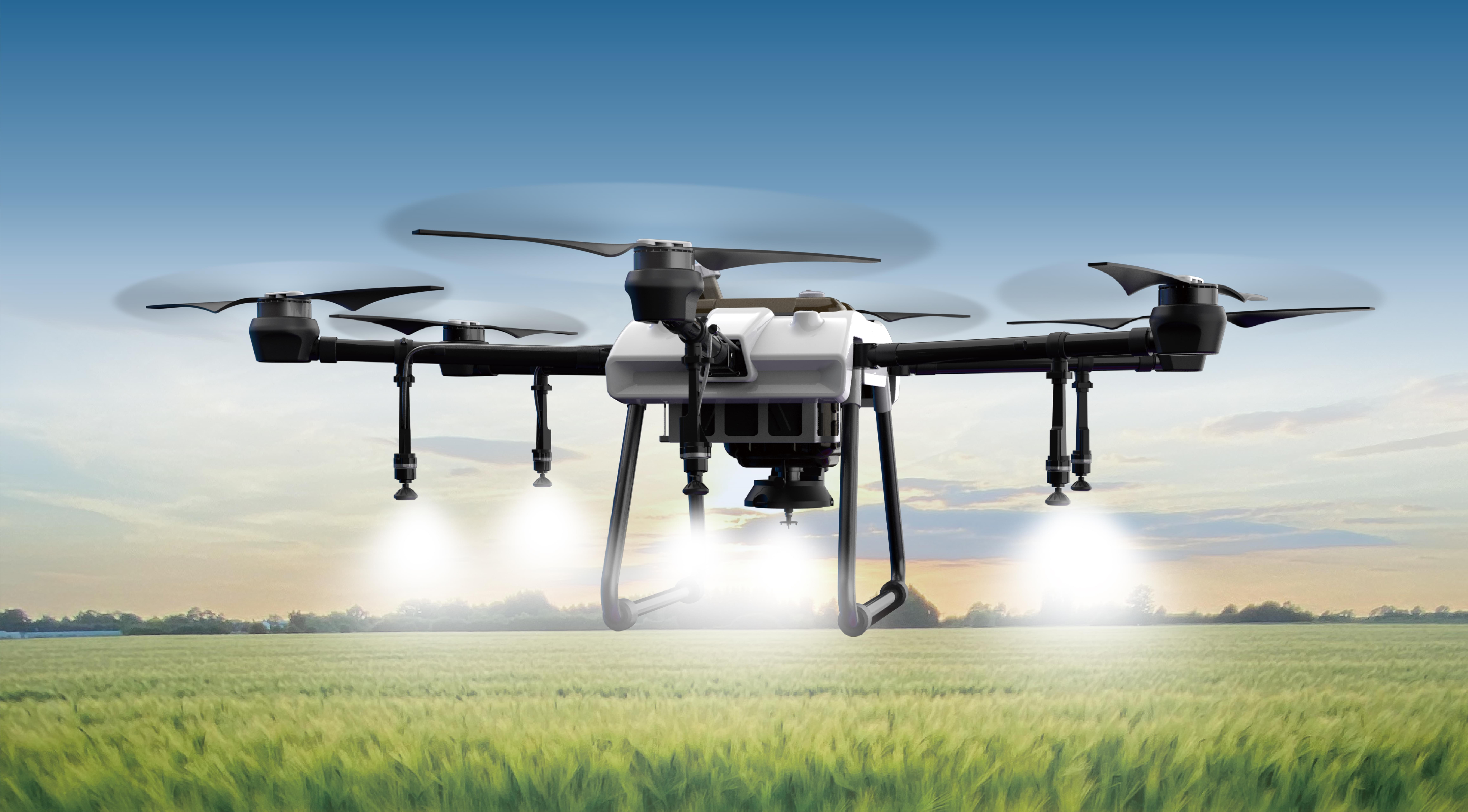The Allure of the SG90 Micro Servo 9g: Small in Size, Big on Possibilities
Micro servos have revolutionized the landscape of robotics, hobby electronics, and automation by offering compact yet efficient motion control solutions. Among these, the SG90 micro servo, affectionately nicknamed the “9g servo,” stands out as one of the most popular and versatile options. Its compact size, affordable price, and reliable performance have made it a staple for enthusiasts and professionals alike.

But what makes the SG90 so appealing beyond its cute size? To understand this, we need to delve into its datasheet—a treasure trove of technical specifications that guide its application, performance, and integration into various projects. A datasheet essentially acts as the servo’s blueprint, giving users the technical insights needed to optimize its use.
Demystifying the SG90 Datasheet: Core Components
The datasheet for the SG90 micro servo contains detailed information segmented into several crucial sections:
Mechanical and Physical Parameters: The dimensions, weight, and physical structure. Electrical Specifications: Operating voltage, capacitance, current draw, and stall torque. Performance Metrics: Speed, angular range, and torque under specified conditions. Control Features: PWM signal specifications, control voltage, and feedback mechanisms. Reliability and Environmental Factors: Working temperature, durability, and lifespan.
Physical & Mechanical Profile: Compact and Practical
The SG90's physical dimensions are part of what makes it so versatile. Typically, it measures approximately 22.8 mm in length, 12.2 mm in width, and 27 mm in height, with a weight of about 9 grams. This tiny form factor allows it to be embedded into tight spaces, making it ideal for drone propellers, robotic arms, camera gimbals, and even wearable tech.
The servo’s lightweight design doesn’t sacrifice durability. Its case is usually made of plastic—though some variants might incorporate metal gears for enhanced strength—ensuring longevity during oscillational tasks.
Powering the Micro Servo: Electrical Characteristics
The datasheet specifies a typical operating voltage range of 4.8V to 6.0V. This broad spectrum makes it compatible with common microcontrollers and battery sources, such as AA batteries or LiPo packs.
At 6V, the SG90 can draw a stall current of around 260 mA, but during normal operation, the current consumption drops significantly, often below 100 mA. This efficiency contributes to longer battery life and reduced heat generation.
The servo’s capacitance is generally around 22 μF, which helps stabilize the power supply, minimizing voltage fluctuations that could affect performance. Proper power management is critical, especially when multiple servos are used in conjunction.
Performance Highlights: Speed and Torque
From the datasheet, the maximum rotational speed at no load is approximately 0.12 seconds per 60 degrees at 4.8V, improving to roughly 0.10 seconds at 6V. This quick response is vital for applications requiring precise and rapid movements, like remote-controlled vehicles or robotic arms.
Torque specifications reveal a stall torque of around 1.8 kg·cm at 4.8V and up to 2.2 kg·cm at 6V. This means the servo can handle moderate loads, making it suitable for lightweight mechanical tasks.
The typical angular range of the SG90 is about 180 degrees, allowing for smooth, semi-precise control over movements. This range can often be customized through control signals for specific applications.
Control & Signal Interface: Making It Work
The servo is controlled via Pulse Width Modulation (PWM)—a standard technique where the width of the pulse determines the servo’s position. The datasheet specifies a control pulse width ranging from 1 ms (minimum position) to 2 ms (maximum position), with a neutral position achieved at around 1.5 ms.
The control voltage for the PWM signal generally should match the powering voltage of the servo—either 5V or 6V—to ensure reliability. Importantly, the datasheet emphasizes the importance of using a stable power supply, as fluctuations can lead to jitter or inaccurate movements.
Reliability and Longevity: Ensuring Your SG90 Lasts
While the SG90 is designed for everyday hobbyist use, understanding its operational limits helps maximize its lifespan. The typical lifespan can extend to around 10,000 cycles under normal conditions, with proper voltage and current management.
Environmental considerations from the datasheet include the recommended operating temperature range, usually between -10°C and +50°C. Extreme cold or heat can diminish performance or cause failure, so operating within these limits is vital.
This first part aims to paint a vivid picture of what the SG90 datasheet reveals and how these technical details translate into real-world applications. Up next, we’ll explore advanced uses, integration tips, troubleshooting, and innovative projects that harness the full potential of this humble yet powerful micro servo motor.
Leveraging innovations in modular drive technology, Kpower integrates high-performance motors, precision reducers, and multi-protocol control systems to provide efficient and customized smart drive system solutions.




































